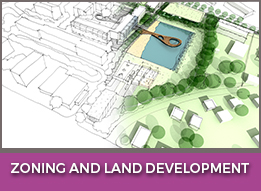Zoning, Land-Use Planning, and Housing Affordability
< < Go Back
Local zoning and land-use regulations have increased substantially over the decades. These constraints on land development within cities and suburbs aim to achieve various safety, environmental, and aesthetic goals. But the regulations have also tended to reduce the supply of housing, including multifamily and low-income housing. With reduced supply, many U.S. cities suffer from housing affordability problems.
This study uses regression analysis to examine the link between housing prices and zoning and land-use controls. State and local governments across the country impose substantially different amounts of regulation on land development. The study uses a data set of court decisions on land use and zoning that captures the growth in regulation over time and the large variability between the states. The statistical results show that rising land-use regulation is associated with rising real average home prices in 44 states and that rising zoning regulation is associated with rising real average home prices in 36 states. In general, the states that have increased the amount of rules and restrictions on land use the most have higher housing prices.
The federal government spent almost $200 billion to subsidize renting and buying homes in 2015. These subsidies treat a symptom of the underlying problem. But the results of this study indicate that state and local governments can tackle housing affordability problems directly by overhauling their development rules. For example, housing is much more expensive in the Northeast than in the Southeast, and that difference is partly explained by more regulation in the former region.
More From CATO Institute:




